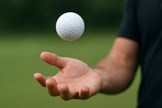This two-piece golf ball beat the Pro V1 in our robot test (and we have the data to prove it!)
Last updated:

Would you believe that a two-piece golf ball can perform on par with, or even exceed, premium models? In our 2025 robot test, we evaluated 21 two-piece golf balls, and one clearly stood out…
The majority of the best golf balls are comprised of three-, four-, and five-piece models with Tour approval, but that’s not to say they’re exclusive to those balls.
While it’s not impossible for a two-piece model to join the party, it is rare.
However, thanks to our extensive 2025 robot test, we’ve been able to identify a two-piece golf ball worthy of every golfer’s consideration, even if you regularly play with one of the best premium golf balls.
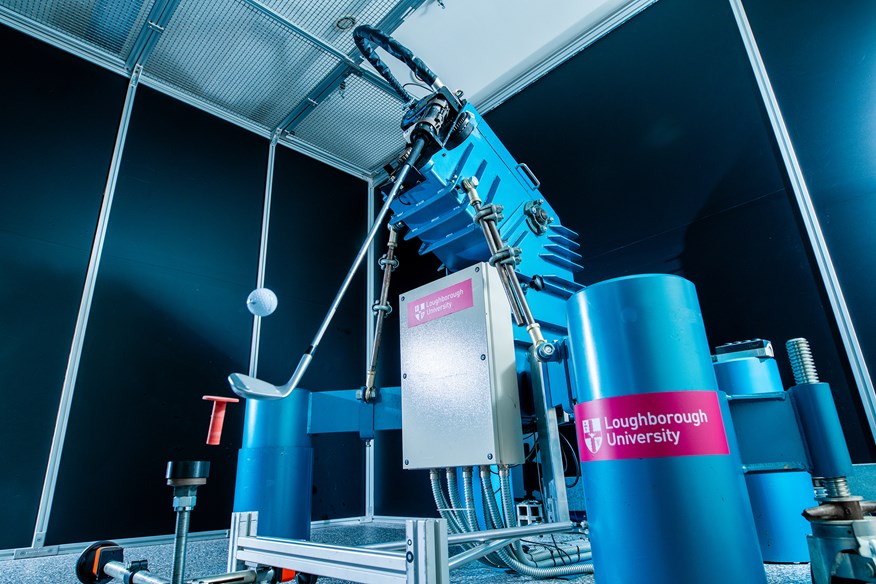
How we tested the golf balls
To find out, we tested 62 different golf balls on a $100,000 robot. This machine delivers exactly the same strike every time, which means the only variable in our test was the ball itself.
We tested every ball across five different shot types to get a complete picture of how the balls stacked up:
- 114mph driver – PGA Tour average
- 93mph driver – LPGA Tour and typical male club golfer
- 78mph driver – average female club golfer
- 7-iron – 80mph, which is club golfer average
- 56° wedge – hitting a 40-yard pitch shot
The best two-piece golf ball
Of the 62 golf balls we tested, 21 were two-piece. One model in particular stood out above all the rest.
The undisputed best two-piece golf ball is the Bridgestone e12 Speed.
Gold medal for tee to green performance at all three driver swing speeds, off-the-tee performance, and approach play performance
Best value golf ball


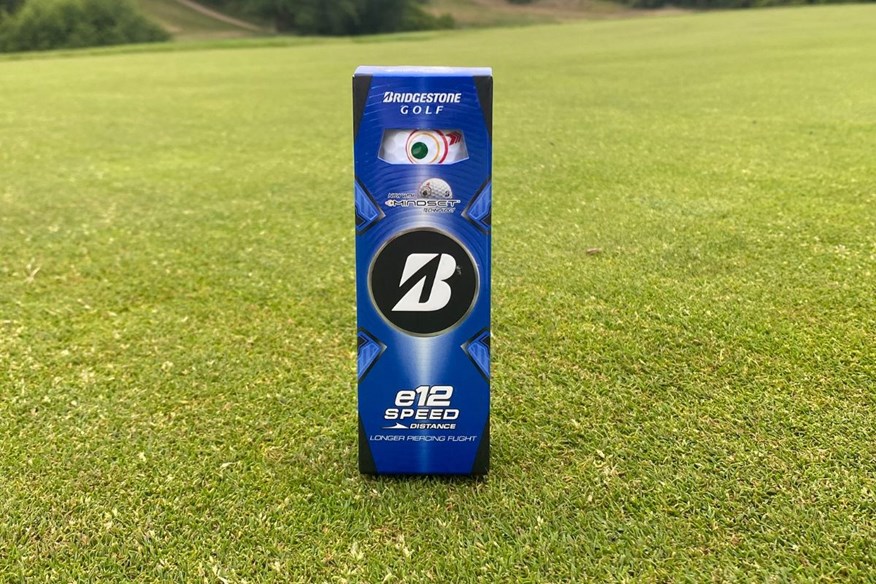
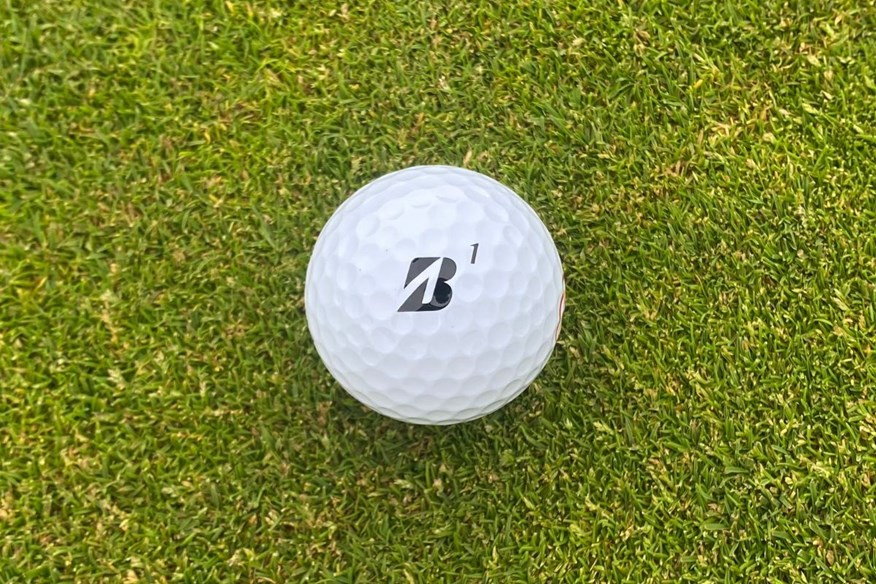
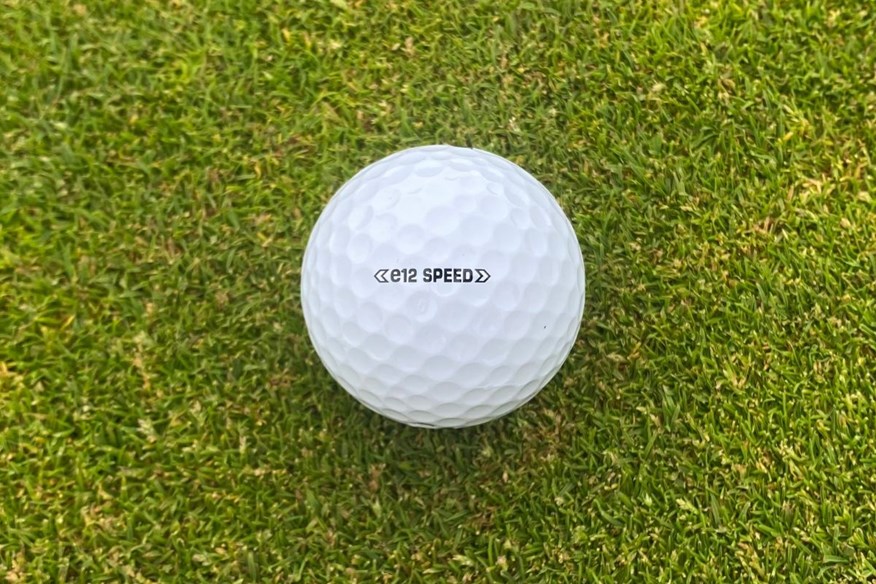
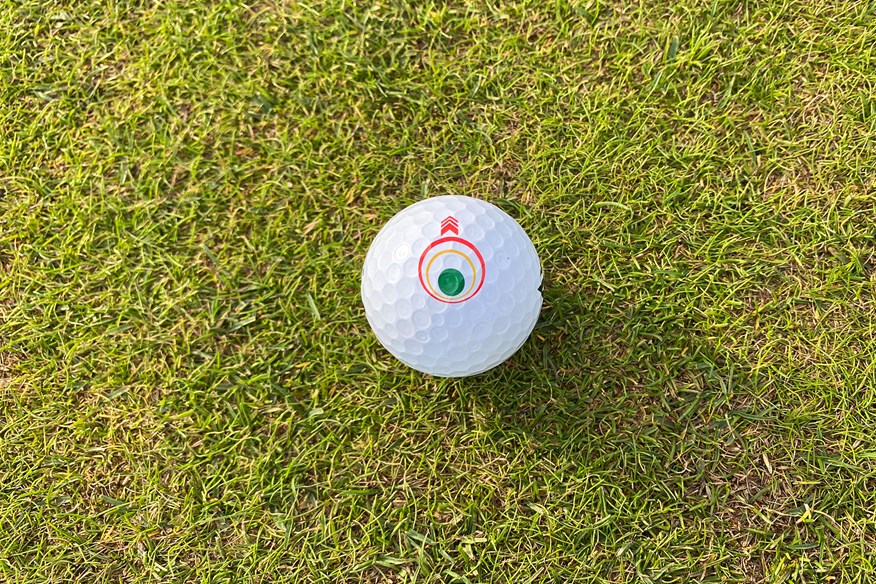

Let's start by running through all of the e12 Speed's awards. Gold medal for tee to green performance at 114mph, 93mph, and 78mph, off-the-tee performance, and approach play performance.
The only area where the e12 Speed didn't rank is short game performance, where it finished fourth, in the two-piece category by 9rpm (5,951).
The e12 Speed is the highest-performing Bridgestone golf ball, factoring in how it performed in every area. Its best performance has to be off the tee. At 114mph, this golf ball was 2.4 yards longer and 0.8mph faster than the second-longest and second-fastest two-piece model, and fourth-longest overall (273.9yds).
At 93mph, the e12 Speed is the second longest (209.7yds) and fastest (134.1mph) two-piece golf ball. But, at 78mph, this golf ball is back at the top of the table for both (161.3yds and 113.2mph).
Combine that performance with its dominating approach play performance, and not only do you have an amazing golf ball off the tee, but you have a fantastic golf ball from tee to green.
The e12 Speed is a golf ball I urge every golfer to consider. This is hands down the best value golf ball in the entire test, and as one of the best performers of all 62 models tested, what harm do you have in giving it a go?
On-course verdict
I was extremely surprised by the on-course performance of the Bridgestone e12 Speed, and having played with this golf ball on a couple of occasions, it has never disappointed.
The first time I played with the e12 Speed had me questioning if it definitely is a two-piece golf ball because it performs much closer to other three-piece Tour-level models.
The Bridgestone golf ball I' like most'm most fond of is the Tour B XS, and I think this performs very similarly - if not better.
The feel is slightly firmer than the Tour B XS, which is something I appreciate, and it does deliver more feedback and response throughout the bag.
Overall, I'm very impressed with the tee to green performance of the e12 Speed. Despite being a two-piece model, I wouldn't be quick to dismiss it.
Pros
- Perfroms more like a premium golf ball
- Outstanding tee to green performance
- Amazing feedback and response
Cons
- Very difficult to criticize
| Carry distance (yds) | Driver 114mph - 273.9 | Driver 93mph - 210 | Driver 78mph - 161.3 | 7-iron - 157.6 |
| Ball speed (mph) | Driver 114mph - 164 | Driver 93mph - 134.1 | Driver 78mph - 113.2 | 7-iron - 109.2 |
| Backspin (rpm) | Driver 114mph - 2,680 | Driver 93mph - 2,574 | Driver 78mph - 2,317 | 7-iron - 4,467 | Pitch - 5,951 |
| Launch angle (°) | Driver 114mph - 11.4 | Driver 93mph - 12.9 | Driver 78mph - 14.1 | 7-iron - 21.3 | Pitch - 30.7 |
| Descent angle (°) | Driver 114mph - 37.6 | Driver 93mph - 31.8 | Driver 78mph - 27 | 7-iron - 45.1 | Pitch - 36 |
| Peak height (yds) | Driver 114mph - 33 | Driver 93mph - 22.3 | Driver 78mph - 15.5 | 7-iron - 30 | Pitch - 6.9 |
| Compression (psi) | 103 |
- Optimal Flight System
- Fast gradational core
- MindSet technology
- 330 dimples
- 2-Piece construction
- Available in white only
The e12 Speed performed well in every area we tested, and overall, it even performed better than Tour-proven models like the Titleist Pro V1, TaylorMade TP5, and Bridgestone Tour B X.
Of all eight Bridgestone models we tested, the e12 Speed emerged as the best Bridgestone golf ball, and that’s only one of the many achievements of this ball.
To understand why the Bridgestone e12 is worth your consideration, let’s take a look at its results, compared to the No.1 ball in golf.
The results
We’ll break down the results into driver performance, irons, and wedges.
Driver – 78mph swing speed
| Golf ball | Carry distance (yds) | Carry distance rank | Ball speed (mph) | Ball speed rank |
| Bridgestone e12 Speed | 161.3 | 10th | 113.2 | 8th |
| Titleist Pro V1 | 161.0 | 16th | 113.1 | 14th |
Both models perform admirably for golfers with slow swing speeds, ranking comfortably in the top half of our test for distance and ball speed. However, the e12 Speed is both longer and faster than the Pro V1 – albeit marginally.
Driver – 93mph swing speed
| Golf ball | Carry distance (yds) | Carry distance rank | Ball speed (mph) | Ball speed rank |
| Bridgestone e12 Speed | 209.7 | 8th | 134.1 | 11th |
| Titleist Pro V1 | 208.7 | 18th | 133.8 | 18th |
It’s the same story for golfers with average swing speeds. If you’re looking for more distance and ball speed, the e12 Speed is the better option. At 93mph is where we see the greatest difference in performance between the two-piece Bridgestone and the No.1 ball in golf.
Driver – 114mph swing speed
| Golf ball | Carry distance (yds) | Carry distance rank | Ball speed (mph) | Ball speed rank |
| Bridgestone e12 Speed | 273.9 | 4th | 164.0 | 9th |
| Titleist Pro V1 | 273.2 | 7th | 163.9 | 10th |
Golfers with quick swing speeds might be expecting the Pro V1 to win this one comfortably, but that’s not the case. Once again, the e12 Speed is longer and faster than the most popular golf ball on Tour.
Conclusion
The Bridgestone e12 Speed is, without doubt, the longer and faster option for all golfers.
Distance and ball speed aren’t everything, and certain golfers will place more emphasis on spin and control, so how does the e12 Speed compare against the Pro V1 with a scoring club in hand?
Irons
| Golf ball | Carry distance (yds) | Carry distance rank | Backspin (rpm) | Backspin rank | Descent angle (°) | Descent angle rank |
| Bridgestone e12 Speed | 157.6 | 17th | 4,467 | 32nd | 45.1 | 14th |
| Titleist Pro V1 | 155.3 | 50th | 4,598 | 26th | 44.9 | 29th |
Distance is much less important with an iron in hand than it is with a driver, but over two yards extra carry from the e12 Speed doesn’t go unnoticed.
Neither does the fact that for 2.3 extra carry yards, you’re only losing 131rpm, which isn’t much by any stretch. For most golfers, it’s not going to be enough to rule out the e12 Speed or force their hand to opt for the Pro V1. Especially when you take into account the descent angles.
A steep descent angle is what helps a ball stop quickly on the green. The steeper the descent angle, the less the ball is going to leap forward on its first bounce. Interestingly, the e12 Speed has the steeper descent angle.
So, although it’s marginally lower-spinning, the steeper descent angle offsets the loss in spin.
Despite being lower-spinning, the e12 Speed makes more appeal to me because of the steeper descent angle, and generating over two yards more in carry distance is substantial. The Pro V1 does put up a good fight, but overall, I would rather have the performance of the e12 Speed at my disposal.
Wedges
| Golf ball | Backspin (rpm) | Backspin rank |
| Bridgestone e12 Speed | 5,951 | 19th |
| Titleist Pro V1 | 5,692 | 33rd |
This is where things get (even more) interesting. The Pro V1 was higher-spinning in the iron shot, but it’s noticeably lower-spinning in the 40-yard pitch.
This is going to be a surprise because, typically, urethane golf balls are higher-spinning, but that’s not the case here. The Surlyn e12 Speed takes this one, and it’s not really a competition.
The two-piece Bridgestone produces over 250rpm more than the three-piece urethane Pro V1, and the No.1 ball in golf is in the bottom half for backspin rank in the 40-yard pitch.
I don’t imagine anyone will be throwing a challenge flag on this one – the e12 Speed wins. The majority of golfers want more spin than less spin around the greens, and the Pro V1 generates less.
Who should use the Bridgestone e12 Speed?
Based on our robot test findings, everyone should use the e12 Speed.
I can’t think of any golfer who wouldn’t benefit from putting this ball in play.
The e12 Speed is going to help you play better golf while saving you money – what more could any golfer ask for?
